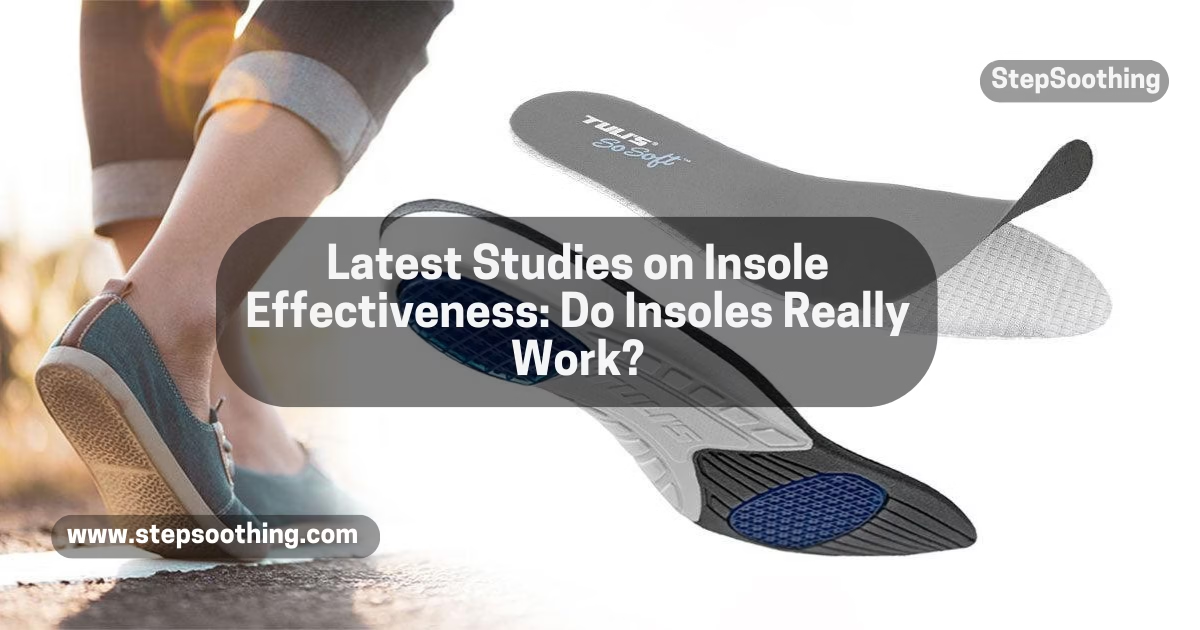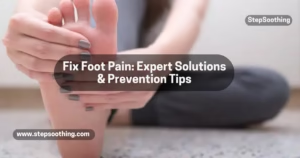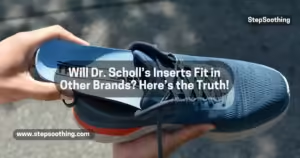For years, shoe insoles have been marketed as a solution for foot discomfort, posture correction, and even prevention of low back pain (LBP). But do they truly work? With millions of people experiencing LBP, a significant public health problem in Western industrialised countries, researchers have been conducting systematic reviews and randomised controlled trials to investigate the real impact of foot orthoses.
From athletes and office employees to individuals covering long distances on foot, many people rely on insoles for prevention and treatment of pain. While some studies show that they can reduce risk of injuries, others suggest insufficient evidence supporting their benefits. In this article, we’ll break down the latest research, what it means for you, and how to choose the right insole.
Latest Studies on Insole Effectiveness
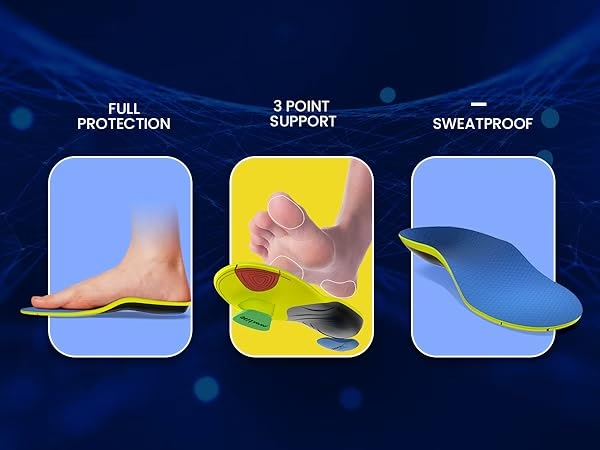
Understanding the Purpose of Insoles
Why Are Shoe Insoles Used?
Shoe insoles serve various functions, such as:
- Shock absorption: Reducing the impact on joints and muscles.
- Arch support: Helping with foot orthoses for conditions like flat feet.
- Gait correction: Improving walking posture.
- Pain relief: Used as an intervention for LBP and other conditions.
In medical settings, podiatrists often recommend true insoles to patients with foot deformities or chronic pain. However, game changing insoles designed for walking or in other words commercial insoles available in stores are often placebo insoles, meaning they may not provide medically significant benefits .
Do Insoles Help Prevent Low Back Pain?
Low back pain (LBP) is one of the most common musculoskeletal conditions, causing disability, work loss, and increasing health care utilisation costs worldwide. Because LBP is prevalent in both the general society and working professionals, researchers have explored whether foot orthoses can serve as an effective prevention method.
Latest Findings on Insoles for LBP Prevention
A meta-analysis of eleven trials examined the role of foot orthoses in reducing LBP. Using data from MEDLINE, CINAHL, EMBASE, and the Cochrane Library, researchers evaluated various relevant trials using the Cochrane Collaboration Risk of Bias Tool and the Downs and Black Checklist to assess methodological quality.
Results:
- No significant effect of insoles in preventing LBP.
- The standardised mean difference between insole users and non-users was minimal.
- While some participants experienced a significant improvement, overall results were inconsistent.
- High heterogeneity among trials, meaning results varied significantly between studies.
While insoles may not directly prevent LBP, some employees and athletes report feeling more comfortable wearing them. This suggests that while scientific evidence remains insufficient, personal preference plays a role in perceived benefits.
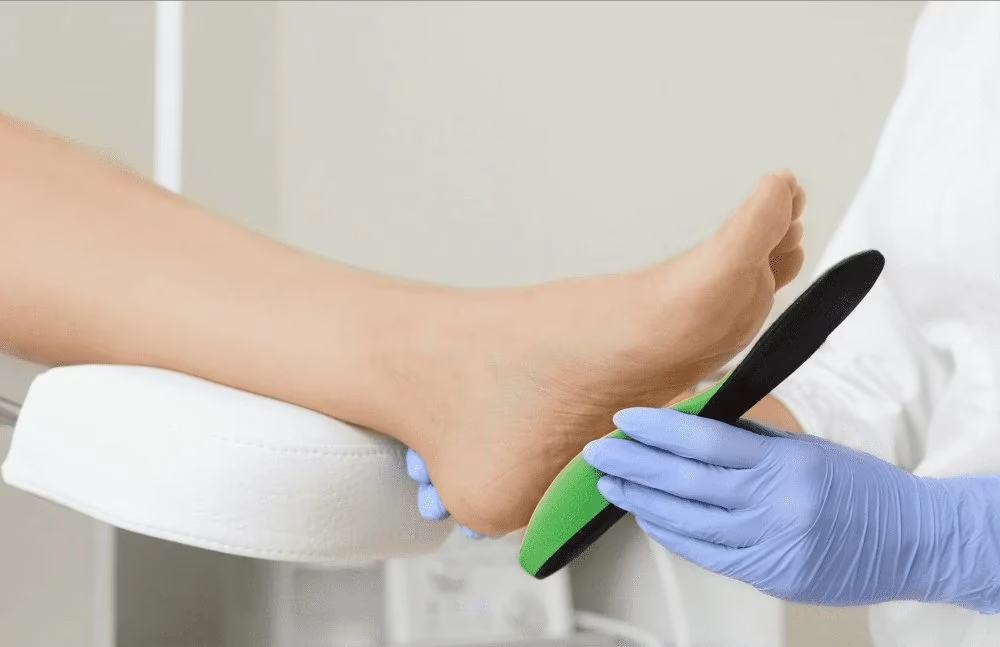
Do Insoles Help Treat Low Back Pain?
While prevention of LBP is still debated, researchers have also examined whether insoles can be an effective treatment of LBP. The findings, however, remain inconclusive.
In a clinical setting, a computerized method was used to compare real insoles with placebo insoles in patients experiencing pain intensity. Participants completed the MILLION questionnaire, a valid questionnaire assessing LBP severity and impact on social activities.
Key Findings:
- Some individuals reported a statistically significant decrease in pain intensity.
- Previous use of insoles, previous medication, gender, age, number of offspring, work seniority, and smoking were all factors influencing results.
- Many participants showed a tendency to believe that true insoles provided a substantial improvement, despite minimal medical evidence.
These findings reinforce that while insoles might offer subjective relief, their effectiveness as a medical solution is still debated.
Custom vs. Prefabricated Insoles: Which Is Better?
There are two main types of insoles:
- Custom-made insoles (True insoles): Designed based on foot scans and medical needs.
- Prefabricated insoles (Placebo insoles): Mass-produced, offering general support.
A meta-analysis showed that custom insoles reduced average pain intensity in certain conditions but had no significant effect in others. They also proved more effective in patients with specific foot deformities rather than those with general LBP complaints.
If you’re considering insoles, opting for a structured, medically recommended pair may offer better support than store-bought ones.
Innovations in Insole Technology
Recent future research has focused on improving insole design with computerized methods and smart technologies. Some emerging innovations include:
- Smart Insoles with Sensors: Track foot orthoses, pressure points, and walking posture.
- 3D-Printed Insoles: Custom-designed based on patient scans for a perfect fit.
- Biomechanical Insoles: Created using AI to adapt to movement patterns.
These advancements may enhance insole effectiveness, making them more than just a placebo product.
Common Myths About Insoles
Many misconceptions exist about insoles, such as:
- “Insoles can fix all foot problems.” → False! Insoles help with specific conditions, but they’re not a cure-all.
- “Expensive insoles are always better.” → Not necessarily! A well-fitted insole is more important than the price tag.
- “Soft cushioning means better support.” → Wrong! Some conditions require firmer support rather than soft padding.
FAQs on Insole Effectiveness
1. Do insoles really help with low back pain?
There is insufficient evidence proving that insoles directly treat or prevent LBP. Some studies found minor improvements, while others showed no significant effect.
2. Are custom insoles better than store-bought ones?
Yes, in many cases. Custom insoles offer structured support tailored to individual foot mechanics, whereas prefabricated insoles provide general comfort but may lack medical benefits.
3. Can insoles prevent work-related back pain?
While some employees report relief, scientific studies have not confirmed prevention of LBP with insoles. However, they may reduce discomfort from standing or walking long distances.
4. Are there risks to using insoles?
Poorly fitted insoles can cause discomfort or worsen existing issues. It’s best to consult a podiatrist before purchasing.
5. What does future research say about insoles?
Future research is focusing on smart insoles, AI-driven designs, and computerized methods to improve insole effectiveness. More studies are needed to provide clear guidelines.
Final Thoughts
While shoe insoles may not be a guaranteed solution for LBP, they still offer comfort and support for many users. Future research and innovations will determine whether they can become a more effective intervention. If you’re considering insoles, opt for true insoles prescribed by professionals rather than relying on placebo insoles.
Resources & References
For further reading and detailed studies on insole effectiveness, refer to the following sources:
Oxford Academic (Oxford University Press) – academic.oup.com
PubMed – pubmed.ncbi.nlm.nih.gov
MDPI (Multidisciplinary Digital Publishing Institute) – mdpi.com
Journal of Foot and Ankle Research – jfootankleres.biomedcentral.com
